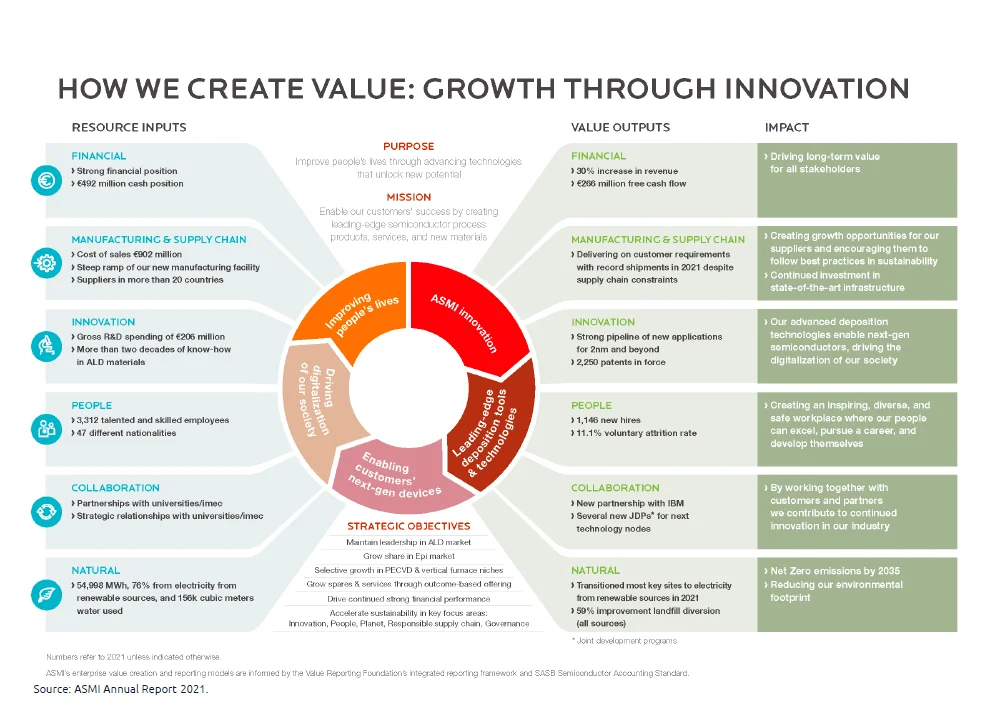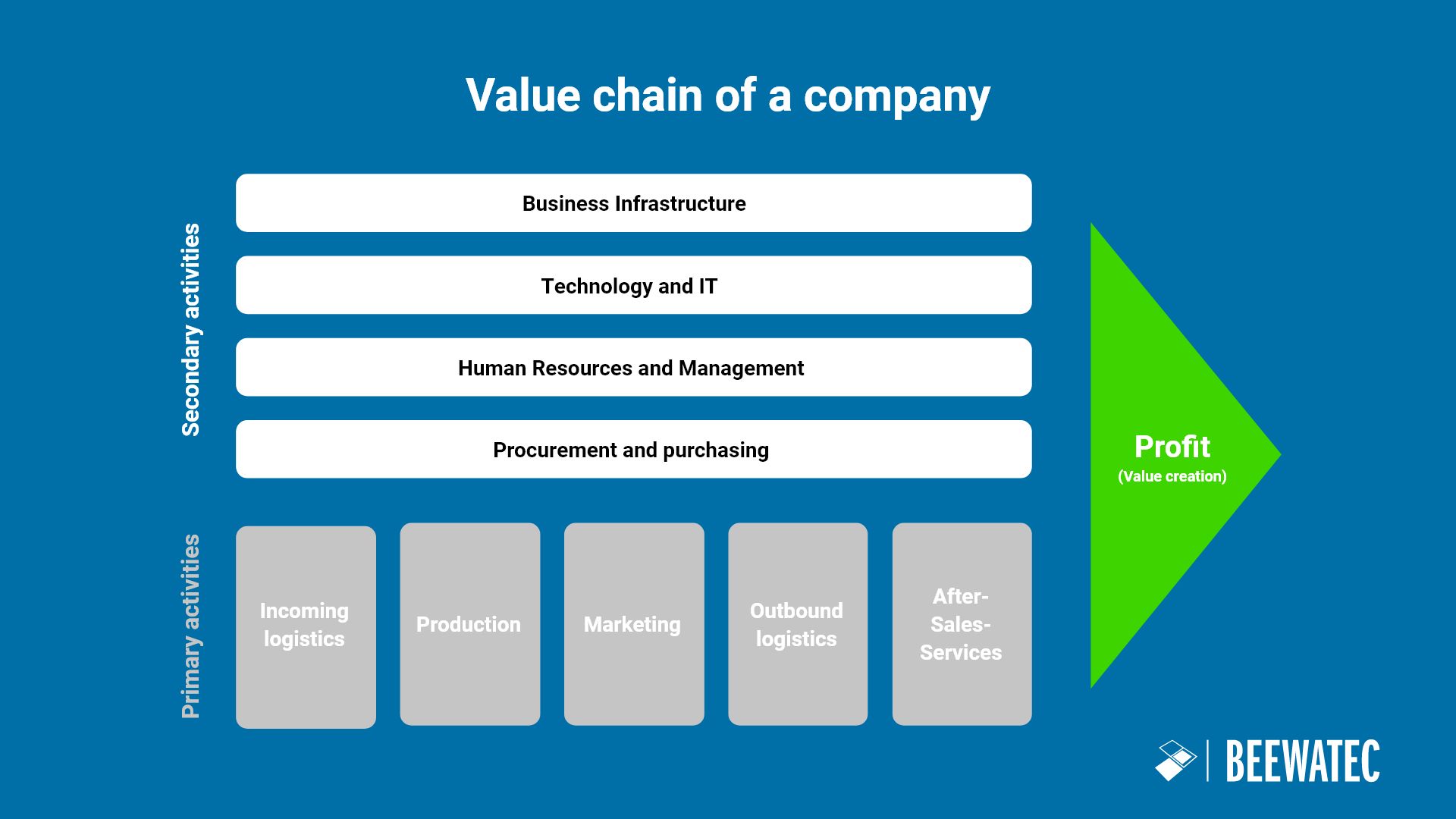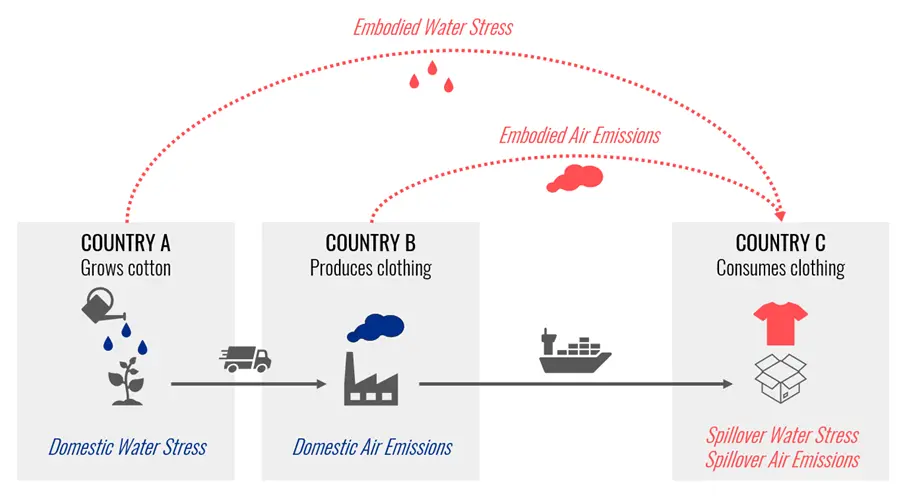Spillover Value Creation
(2025-08-27T19:05.485Z)
Perplexity Query
(2025-08-27T19:05
.485Z)
Question:
Write a comprehensive one-page article about "Spillover Value Creation".
Response from sonar-pro:
Spillover Value Creation: Unlocking Ripple Effects in Modern Business
Introduction
"Spillover Effects" in economics have become a mainstream idea with many applications.
Spillover Value Creation is an economic and business strategy that aims to generate benefits beyond the immediate product or service being offered. The benefits generated by an organization's activities can extend beyond its direct customers or stakeholders, influencing broader markets, communities, or ecosystems.
[455kxc]
[hcnqu8]
It's about creating value in ways that extend beyond the direct customer relationship, impacting other stakeholders such as suppliers, employees, communities, and the environment.
This concept is increasingly significant in today’s interconnected world, as businesses recognize that their innovations, best practices, and social initiatives can produce positive externalities—economic, social, or environmental—that amplify competitiveness and sustainable growth.

Main Content
Spillover value creation occurs when value generated from one entity or activity “spills over” to others who are not its primary beneficiaries. For instance, when a firm develops a groundbreaking technology, competitors and industries may benefit through learning effects, improved standards, or supply chain enhancements. Similarly, a company’s commitment to employee training can boost local workforce competencies, indirectly benefitting other enterprises in the region.
[455kxc]
This concept is rooted in the idea of 'shared value,' a term coined by Harvard Business School professors Michael Porter and Mark Kramer. They argue that companies can create economic value in a way that also creates value for society by addressing social problems.
Practical examples abound:
- Tech hubs like Silicon Valley foster spillover value creation when startups and large firms share talent, knowledge, and infrastructure. The resulting innovation ecosystem lifts the entire region, nurturing new ventures and industries.
- Sustainable business practices in manufacturing—such as using renewable energy or reducing waste—often set new benchmarks that others follow, resulting in sector-wide improvements in efficiency and environmental impact.
- Shared platforms (e.g., open-source software, collaborative supply chains) allow participants to co-create value that benefits not just their own organizations but the wider market.
Benefits and potential applications of spillover value creation include:
- Encouraging innovation diffusion and accelerating technological advancement. [d1gsc7]
- Strengthening regional economic development and resilience.
- Nurturing social and environmental improvements beyond the firm’s boundaries. Such ripple effects are particularly desired in public-private partnerships, academic research commercialization, and impact investment initiatives.
Here's how Spillover Value Creation works:
- Positive Externalities: Companies can generate positive externalities, or benefits, to parties outside their immediate customer base. For example, a tech firm might develop an application that not only makes money from users but also helps people learn new skills, thereby contributing to societal human capital development.
- Supplier Development: Firms can invest in their suppliers' capacity, helping them improve productivity and quality. This not only strengthens the supply chain but also contributes to the overall economic growth of the supplier's region or community.
- Employee Development: Companies may offer training programs that not only enhance employee skills but also benefit the broader labor market by increasing the availability of skilled workers.
- Community Investment: Businesses can invest in local communities, supporting education, infrastructure, or environmental initiatives. These actions can improve the quality of life in these areas and potentially attract more customers or talented employees.
- Sustainable Operations: Implementing sustainable practices in operations can reduce environmental impact and lower long-term costs (e.g., through energy efficiency), while also contributing to broader environmental health goals.
The key idea behind Spillover Value Creation is that businesses don't exist in isolation. Their actions can have significant ripple effects, and by strategically designing these impacts, companies can create value for all their stakeholders – customers, employees, suppliers, communities, and the environment. This approach not only fosters goodwill but also can lead to more resilient business models in the long run.
However, challenges and considerations arise in measuring and managing spillover value. While firms may create surplus value for society, the mechanisms to capture or share those benefits can be complex. For instance, a company may create significant consumer surplus (value to customers exceeding the price paid), but only capture a fraction as profit.
[d1gsc7]
Additionally, positive spillovers may incentivize “free rider” behaviors, where others benefit without contributing, complicating strategies for equitable value sharing and sustained motivation.

Current State and Trends
Spillover value creation is gaining traction across industries as organizations seek collaborative advantage, not just competitive edge. Leading tech firms, sustainable manufacturers, and research institutions are actively cultivating ecosystems that encourage knowledge sharing and co-innovation. Technologies like blockchain, digital platforms, and data analytics help organizations track, share, and amplify spillover effects, while regulatory frameworks and global standards increasingly reward transparent, ecosystem-level value creation.
[sr2ikp]
[zx5s4x]
Recent developments include companies integrating impact metrics for environmental and social spillovers into mainstream financial reporting, and venture capitalists favoring tech startups that catalyze broader market benefits. Key players range from global corporations such as Apple and Google, which foster innovation clusters, to social enterprises and non-profits driving systemic change in health, education, and climate action.

Future Outlook
Going forward, spillover value creation will be central to both business strategy and social policy. As ESG (Environmental, Social, and Governance) metrics and integrated value reports become standard, organizations will need to design business models that deliberately generate and share spillover benefits. Collaboration across sectors—enabled by digital tools, open innovation, and supportive regulation—will likely magnify these positive ripple effects, fostering more equitable, sustainable growth.
Conclusion
Spillover value creation amplifies the impact of innovation and responsible business, rippling beyond individual firms to uplift entire markets and communities. Proactively managing and measuring these benefits will shape the next era of inclusive, sustainable value in the global economy.
Citations
[sr2ikp] 2025, Jun 23. The Art of Value Creation: Driving Success Through Innovation. Published: 2025-06-21 | Updated: 2025-06-23
[zx5s4x] 2025, Jun 16. Value Creation Definition, Model and Examples in Business. Published: 2024-01-15 | Updated: 2025-06-16
[d1gsc7] 2025, Aug 10. [PDF] Measuring Value Creation and Its Distribution Among Stakeholders .... Updated: 2025-08-10
[455kxc] 2025, Jun 28. Understanding The Concept Of Value Creation In Business. Published: 2018-07-16 | Updated: 2025-06-28
[hcnqu8] 2025, Mar 30. [PDF] Value Creation | Integrated Reporting. Updated: 2025-03-30